Literature Summary: Role of Television in Post-Broadcast Era
VerifiedAdded on 2022/10/04
|5
|958
|278
Report
AI Summary
This report provides a comprehensive literature summary on the post-broadcast era, focusing on the transformation of television from a primary mass media tool to one shaped by technological advancements, cultural shifts, and evolving audience behaviors. The report begins by defining the broadcast and post-broadcast eras, highlighting the transition from government-controlled, nationalized content to multi-channel, customized programming. It examines the influence of time-shifting technologies and digital platforms like iTunes and Netflix, which have enabled personalized content access and consumption. The report also contrasts technological developments with the changing values and culture of audiences, arguing that the post-broadcast era is defined by both. It discusses the impact of globalization and the rise of subscription-based services on cultural identity. The conclusion emphasizes the changed role and purpose of television, where it no longer serves as the sole broadcasting medium, nor is it solely a tool of government, but rather a dynamic component of a wider, evolving media landscape.
1 out of 5
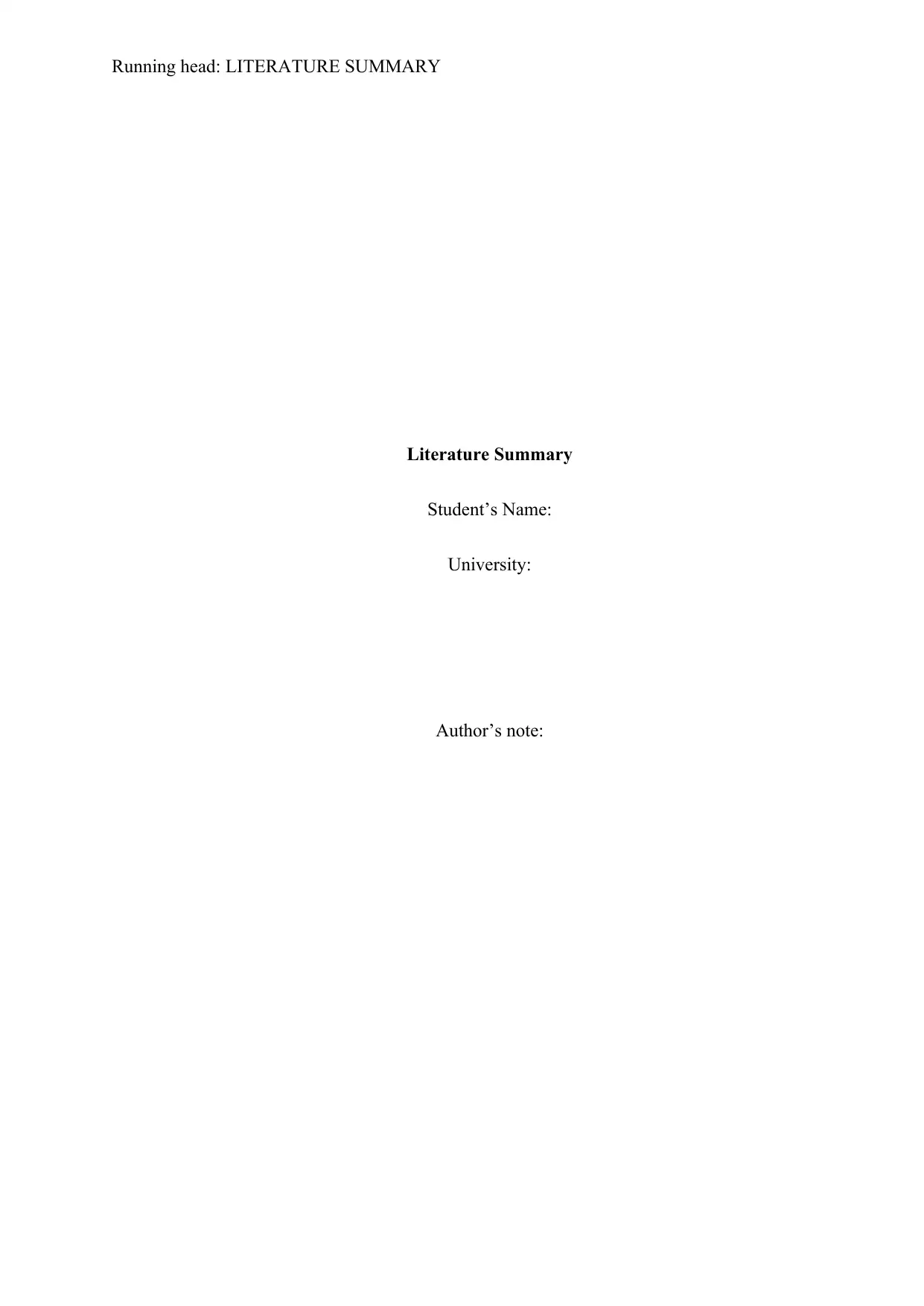
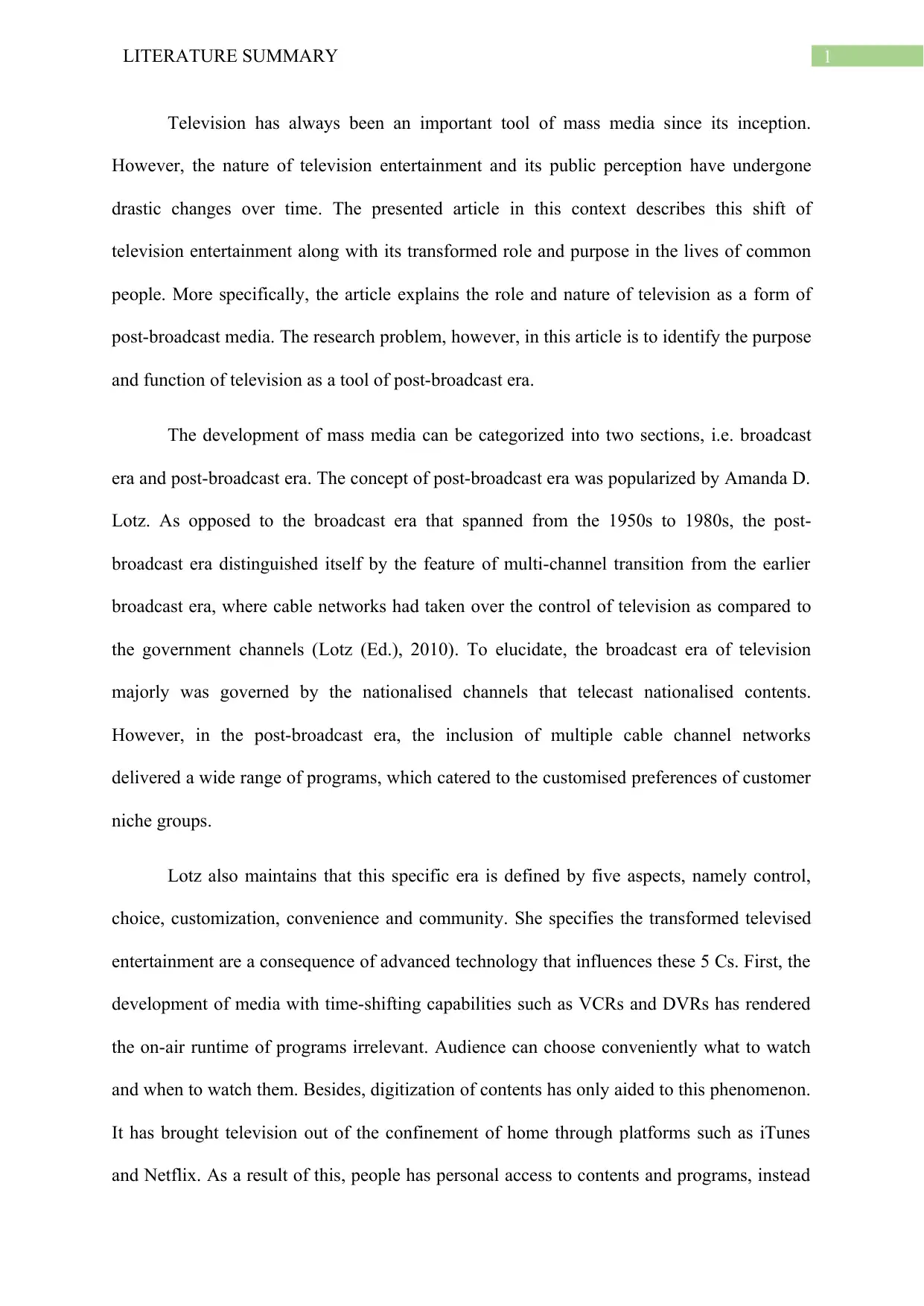
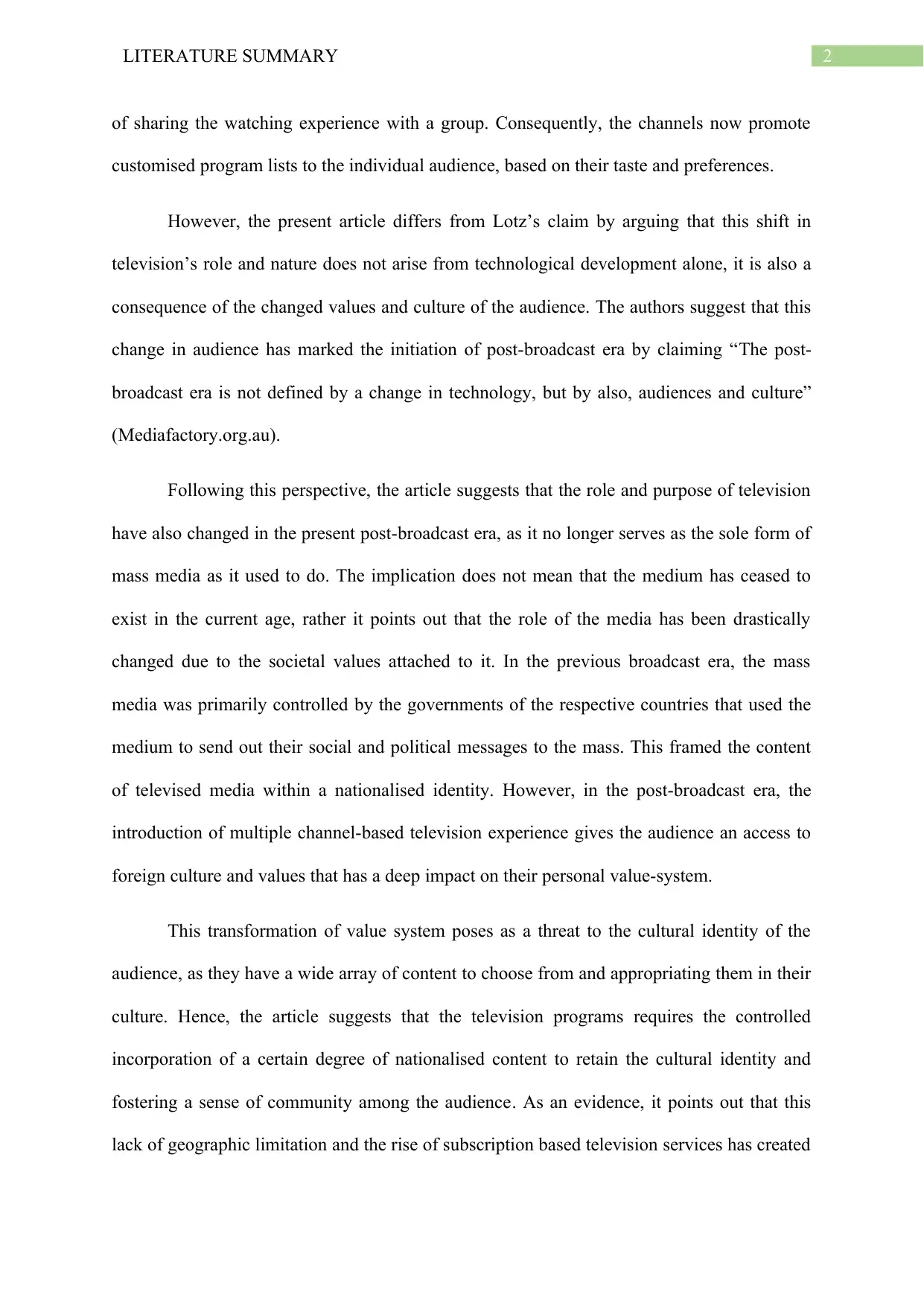

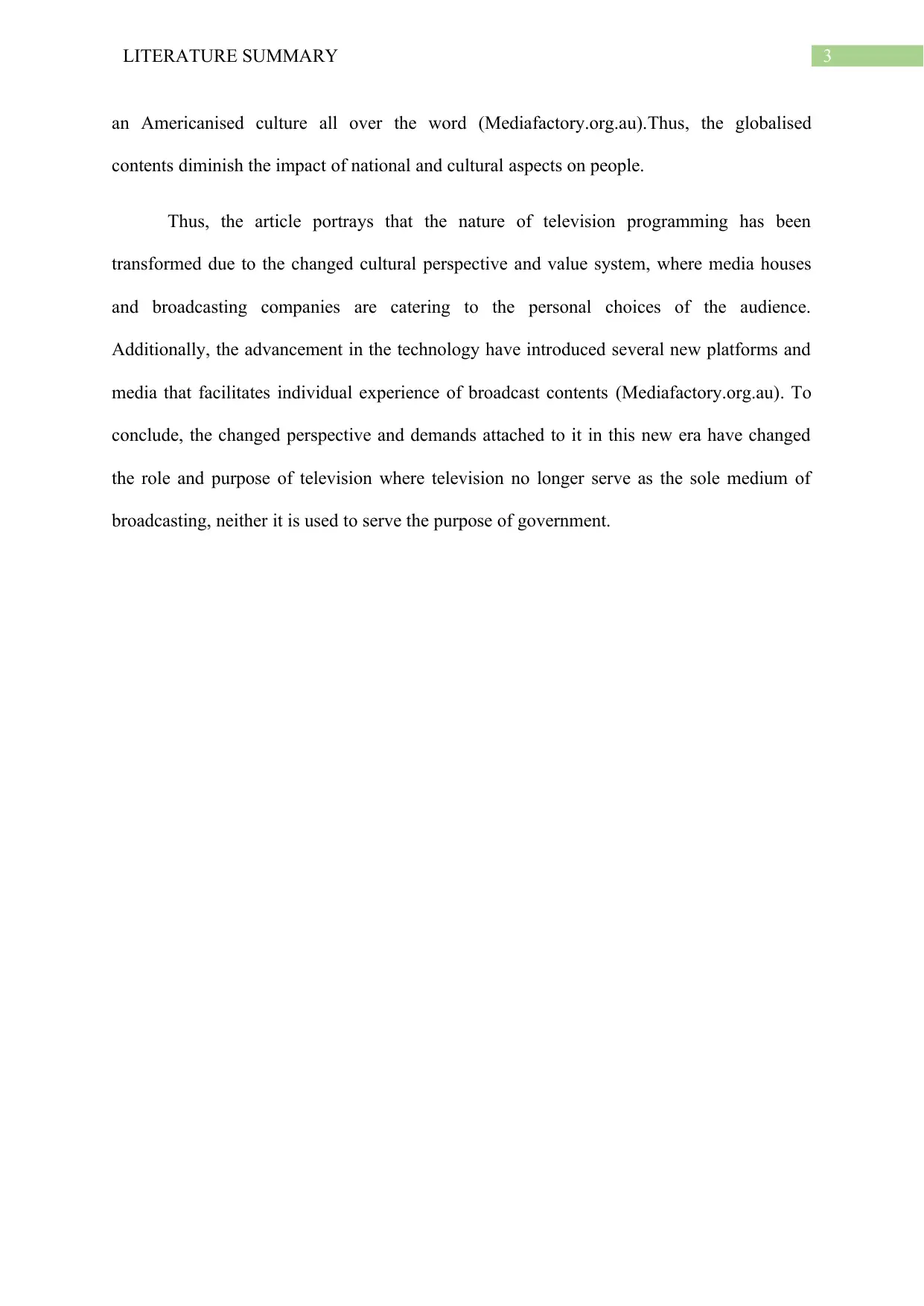
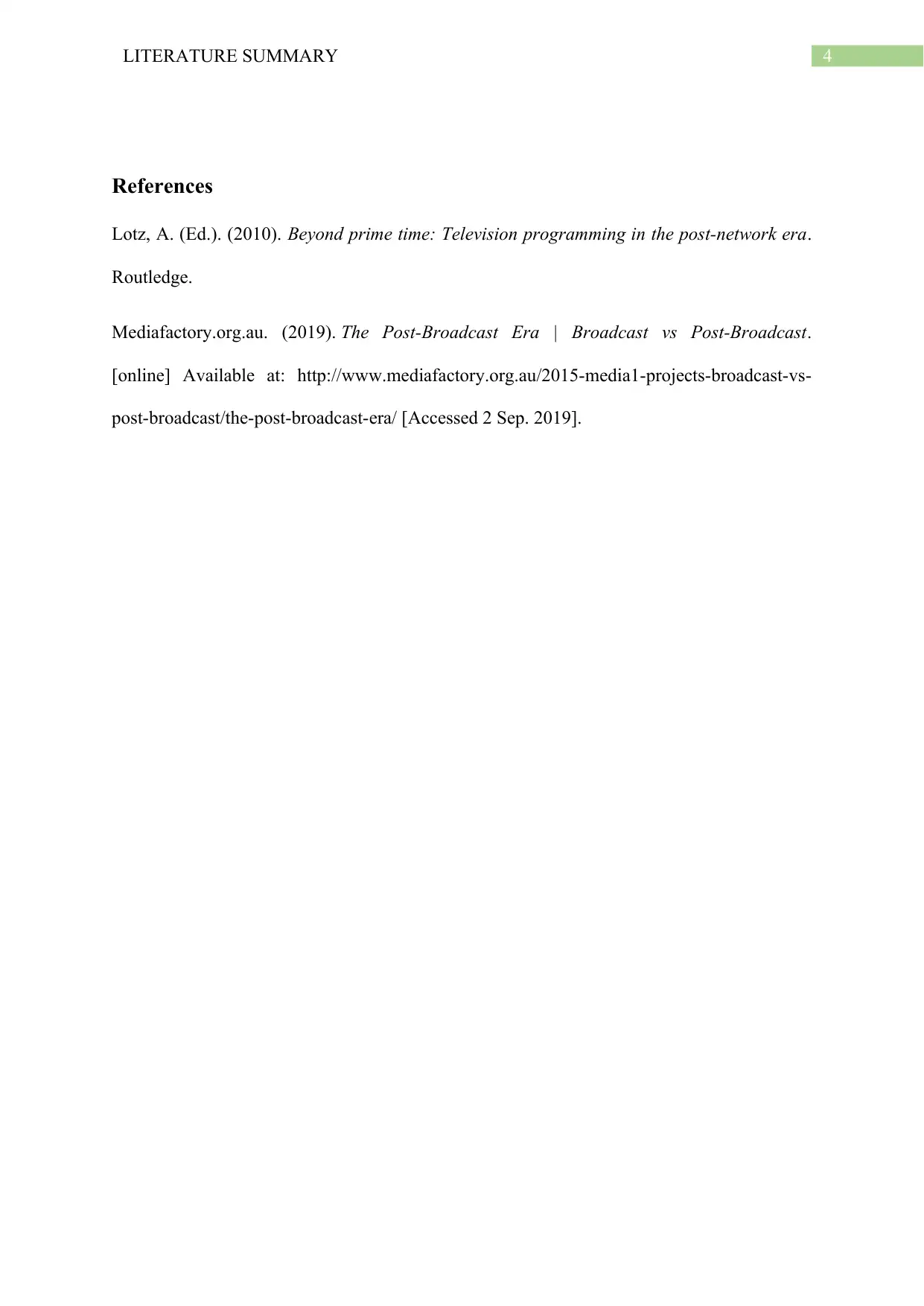

![[object Object]](/_next/static/media/star-bottom.7253800d.svg)